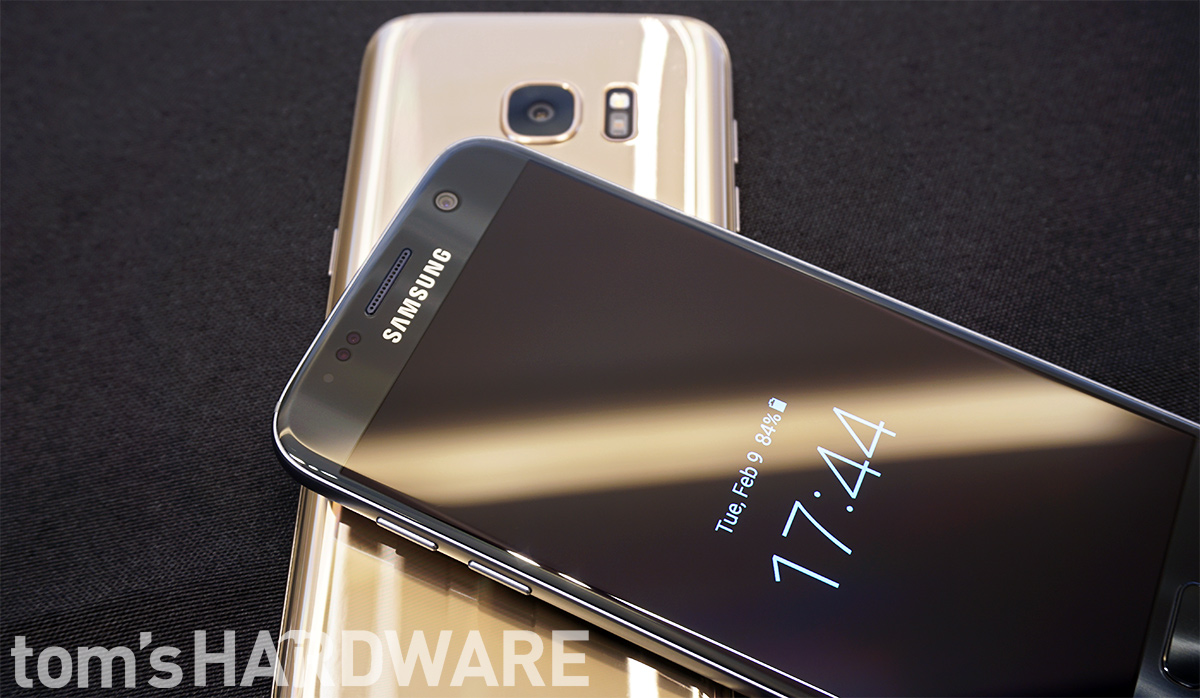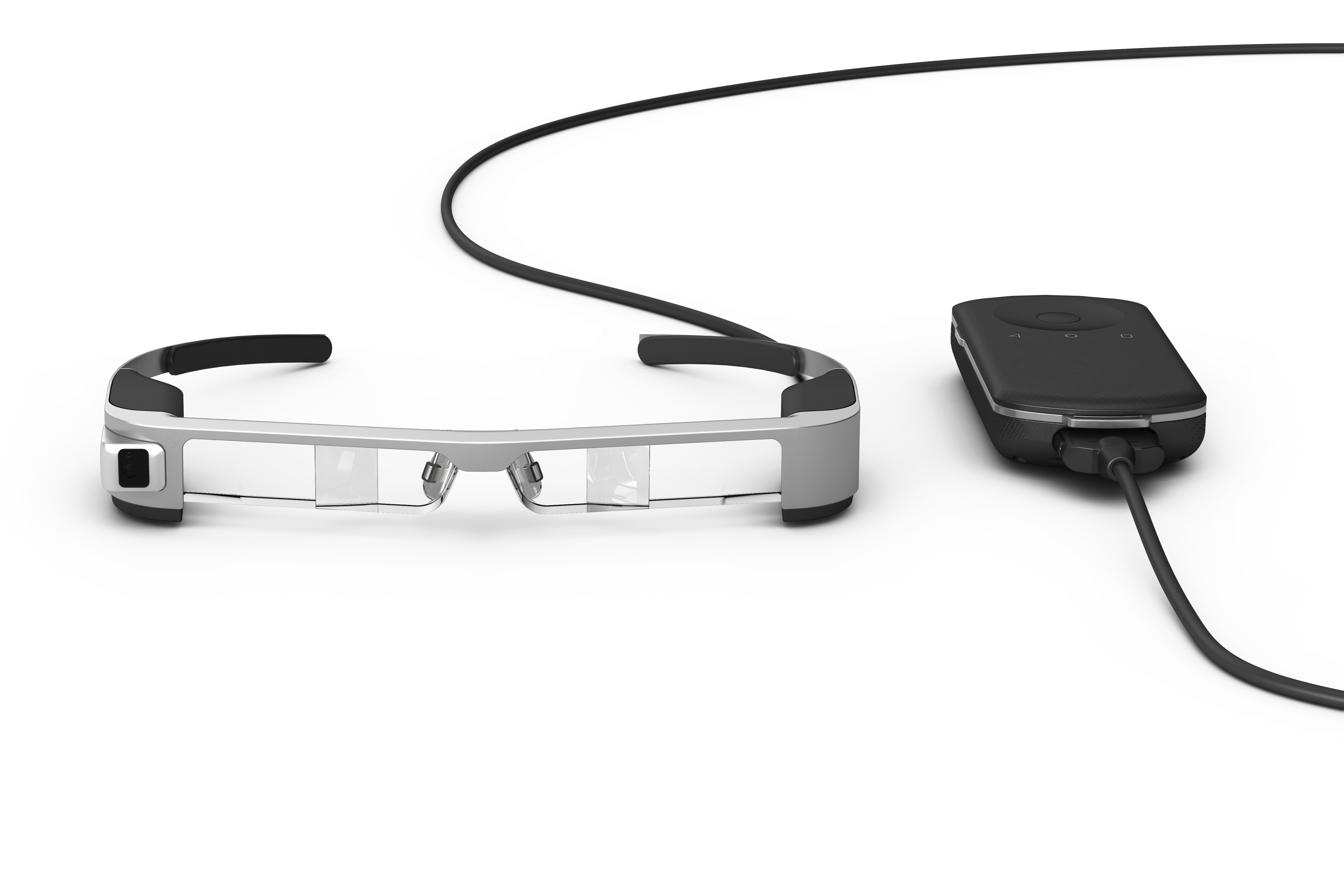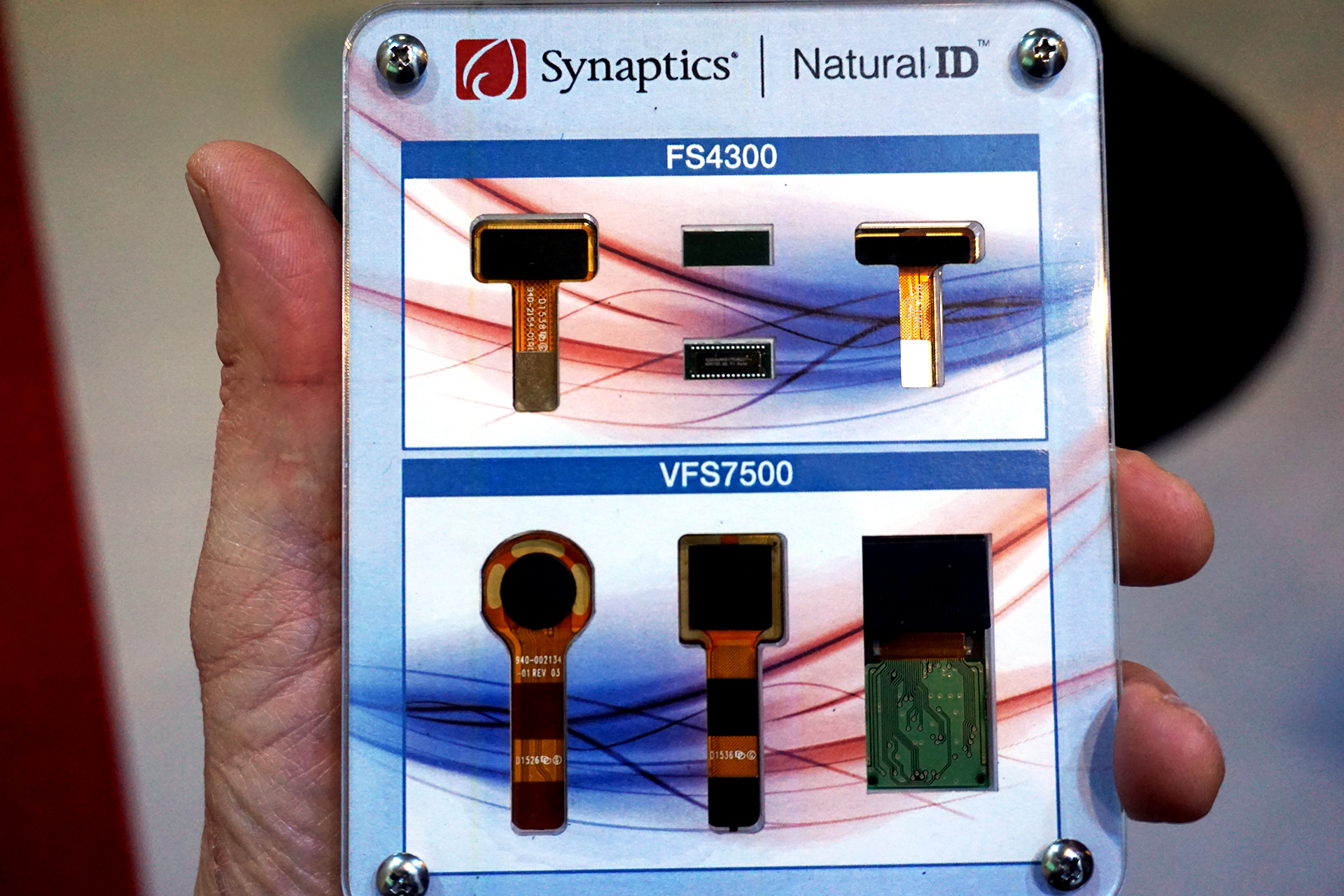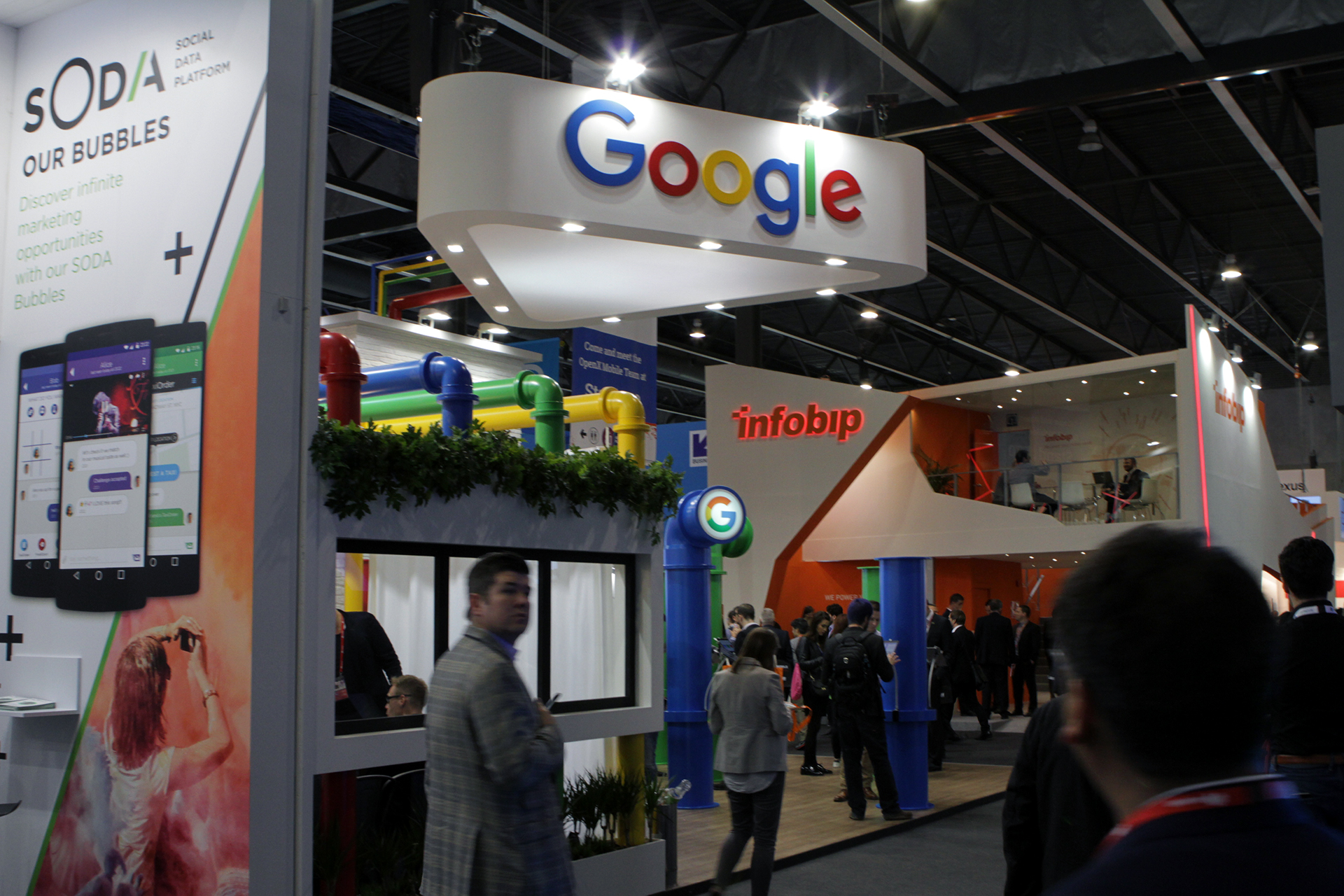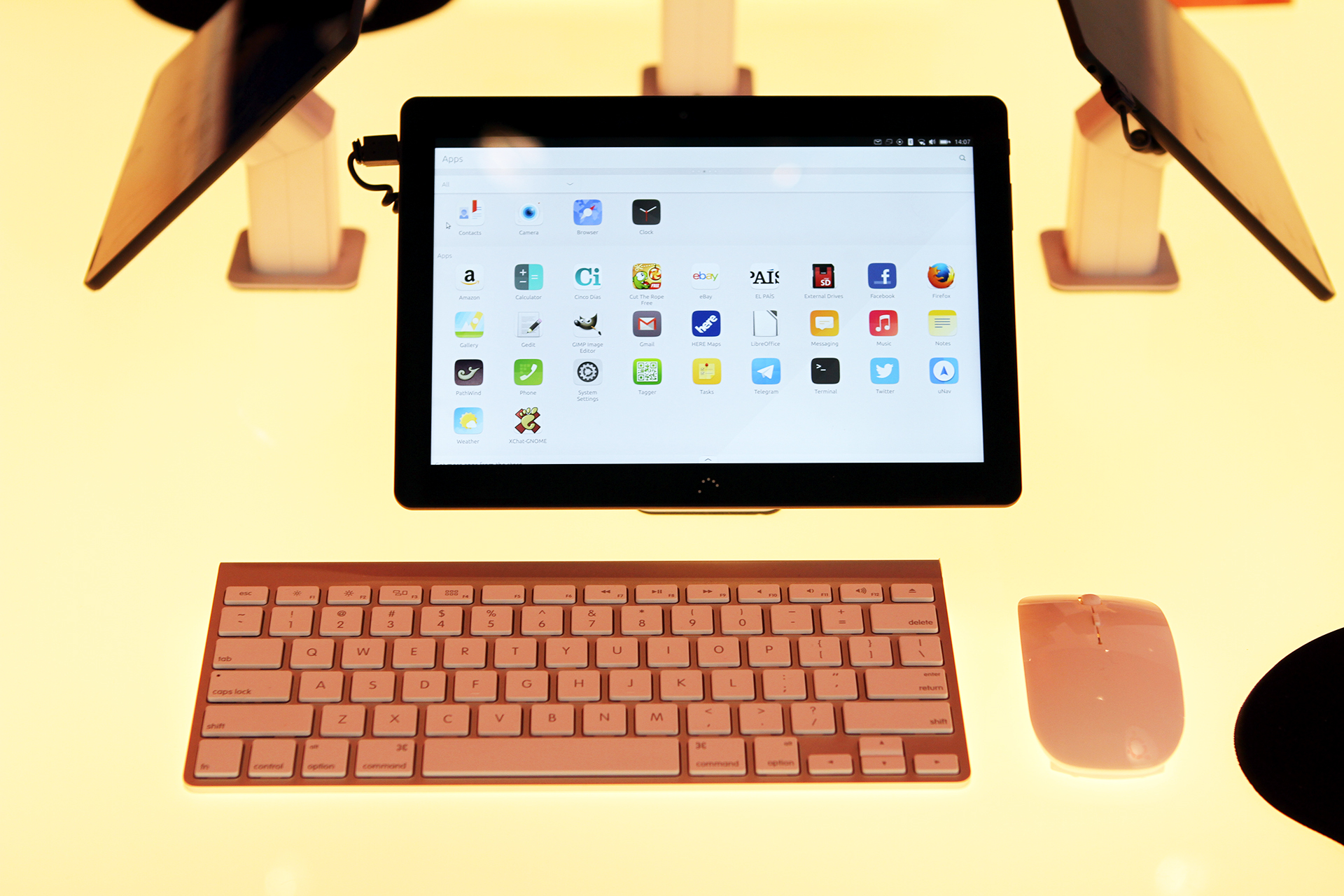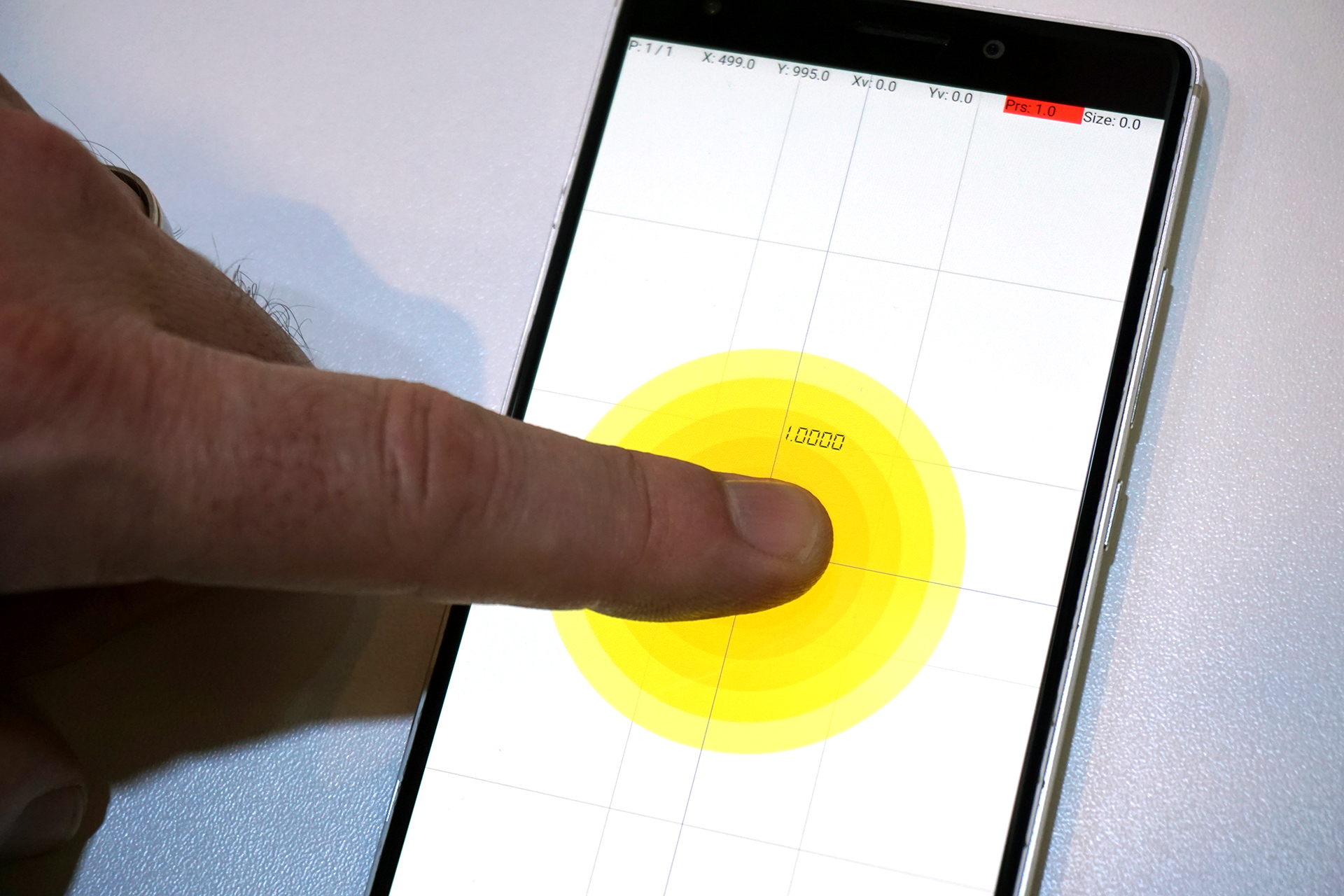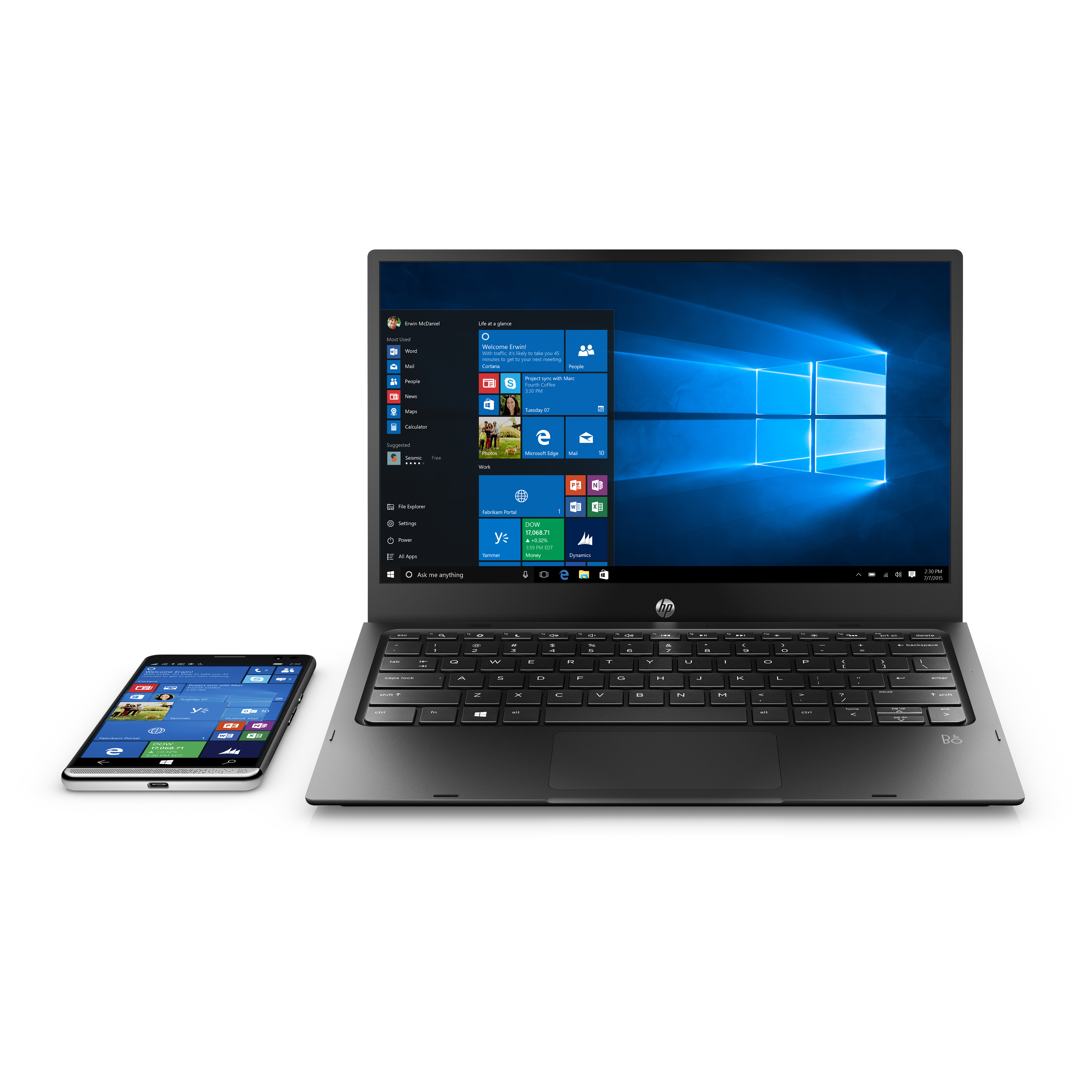Mobile World Congress 2016 Awards
Best Of Show: MWC 2016
Mobile mania has now died down, at least for the moment. More than 90,000 people stormed Barcelona for this year's show, and sometimes—due to the annual metro workers strike that takes place conveniently during the conference—we were all stuck together like one big blob. Luckily, we all had our mobile phones so we didn't have to actually interact with one another.
I kid.
There weren't any monumental announcements this year, although HTC chose this show to announce the price of Vive ($799), and Huawei didn't announce a phone (it launched a few at CES), but instead showed off a Microsoft Surface competitor in the MateBook. LG revealed a VR HMD that tethers to a smartphone, rather than requiring the phone reside in the headset next to your face. The only problem was that it still seemed a little prototype-y.
This is a show that brings together companies that make gigantic carrier switches and little teeny app makers. We even saw the NBA there making friends in the back of one of the last halls. But it's also a show where companies showcase new ideas and incremental innovation that end up being something like a fingerprint reader or a battery saving success that becomes the must-have next feature for every smartphone or tablet. Or just something in the background that makes our mobile communication a little better.
Those are the things that we tried to look for in our meetings, and in between meetings, and even under the surface of some of the big-ticket press conferences and announcements. We couldn't see it all, naturally, but we saw quite a bit. Here are a few of the things that stood out to us.
MORE: Best Smartphones
MORE: Smartphones In The News
MORE: All Smartphone Content
Best Smartphone
Samsung Galaxy S7 edge
The Galaxy S7 and S7 edge do not have a radical new design or new materials like last year's Galaxy S6 and S6 edge. They do not even include as many new technologies. Instead Samsung's new flagships simply address the S6's shortcomings.
Get Tom's Hardware's best news and in-depth reviews, straight to your inbox.
It would be easy to criticize Samsung for taking an iterative approach, but the S6 and its kin are already very good smartphones, using cutting-edge hardware. However, by rounding the edges on the back of the phones to improve ergonomics (especially for the S7 edge), increasing the size of the batteries to (presumably) extend battery life, adding more memory to improve multitasking performance, and bringing back microSD card support and IP68 dust and water protection, Samsung created a well-rounded phone that's a solid improvement over the S6, and the best smartphone announced at MWC 2016.
MORE: Samsung Galaxy S7 And S7 Edge Preview
Best Smartphone Innovation
LG G5 Removable Battery
A removable battery is a nice feature to have: You can swap in a fully charged spare if you run out of juice while on the go or easily replace an aging battery that just does not last as long as it used to. Many people also like the look and feel of a smartphone with an all-metal body. Up until now, these features were mutually exclusive.
The LG G5 manages to combine both features using an innovative solution. The lower portion of the body detaches below the screen at the push of a button, extracting the battery and allowing for easy replacement.
This design even allows other modules to snap into the G5. For starters, there's the LG CAM Plus that turns the G5 into a pseudo point-and-shoot camera. There's also the LG Hi-Fi Plus with B&O PLAY, a module that adds high-end audio hardware to the G5. Support for third-party modules makes for interesting possibilities too.
It's always exciting to see a novel design for a tricky problem. LG gets bonus points for turning its design into a modular platform for extending the G5's capabilities. Time will tell if this modularity catches on, but at least LG was not afraid to try something different.
MORE: LG G5 Hands-On
Best Augmented Reality
Epson Moverio BT-300
Arguably there wasn't much AR at Mobile World Congress. There was still more buzz, as there always is, around VR. But Epson brought its newest AR glasses, the Moverio BT-300, and they are a marked improvement on the frustrating Moverio BT-200.
The company switched from an LCD-based display to a custom-crafted silicon OLED panel, which improved everything from brightness to contrast to resolution. The difference is pretty amazing, and Epson's version of Augmented Reality just got pretty compelling.
The technology still operates in niche markets with very specific applications—Drone remote monitoring, remote support, and so forth. But these commercial applications are integral to the success of AR, which is also starting to see some momentum as an add-on technology to VR and in other areas (see: HTC's Vive front facing camera and Intel's RealSense camera).
MORE: Epson's Moverio BT-300 Augmented Reality Glasses
Best Security
Synaptics Natural ID FS4304 and SentryPoint
Synaptics is one of the leaders in fingerprint sensor technology, and this year for Mobile World Congress the company introduced its Natural ID FS4304, an ultra slim capacitive sensor, flying against the logic of some of its competitors that bigger is always better.
Synaptics also announced software called SentryPoint, which the company claims will detect against any spoof attempts by examining the sample for various human factors that are practically impossible to spoof, such as the presence of pores. Company representatives showed us a demonstration, albeit of one spoofed finger, but Synaptics boasts labs and experts dedicated to mastering anti-spoofing.
Finally, and perhaps most significantly for the moment (and why we're giving it this award), Synaptics SentryPoint now stores the enrollment match in the sensor, making your biometric information even more secure.
MORE: Synaptics' SentryPoint Security Suite Isolates Fingerprint Sensors From Host Processors
Best Mobile Content Optimization
Giraffic Adaptive Video Acceleration
Giraffic's adaptive video acceleration is not unlike many of the technologies that are able to detect network bandwidth conditions and make adjustments to content streams in order to accommodate those conditions. Many video content hosting platforms provide adaptive content models, many networks include quality of service mechanisms and protocols, and in fact Giraffic has been mastering adaptive video acceleration for a while. Now, however, they are doing so on 3G and 4G mobile networks.
A quick look at what Giraffic does: First, it analyzes the network conditions in real time, in an ongoing fashion, building statistical models to predict the network conditions for the next few seconds, and so on. Second, it shapes the content playback based on those conditions. And finally, its software assigns client side HTTP acceleration, basically fighting for network priority by opening up a number of quick connections for short bursts of content, and then releasing them. This obviously speeds up a download, or adjusts the quality of a live stream, but it also saves mobile power, consumes less bandwidth (and thus, data charges).
You may have never heard of Giraffic, but its technology is in one of three SmartTVs sold, according to company representatives, who also claim to be working with some of the bigger mobile device manufacturers. Since two of the SmartTV players are LG and Samsung, it would be a good bet to see Giraffic's technology in handsets from those companies as well.
Worst Of Show
The No Show
I was reminiscing back to some of the earlier days of Mobile World Congress (but not as far back as when it was held in France), and I remembered the massive and infinitely fun Google booth, with slushie makers and gigantic slides. It was like a candy store, and there were technology demonstrations everywhere. You could hardly move. Google was just getting Android some recognition back then, and then CEO Eric Schmidt gave a keynote that everyone flocked to see. Since Apple never comes to Mobile World Congress, it became a great place for Google to enter puberty as a mobile company. This year, I was leaving a meeting in the last hall in the very back of the Fira conference center and I stumbled on Google's tiny booth. It was filled with a few small meeting rooms, some Android tablets for people to play with, and a few folks playing with robotics. It made me a little sad.
Likewise, back in 2010 I remember crowding into an absolutely bezerk ballroom, standing room only, to see then-Microsoft CEO Steve Ballmer announce Windows Phone 7. There were doubters then, as there are now, but it was a little shocking because it was a complete new product, and Microsoft was tossing away Windows Mobile, a product that was leaking market share, but still had a foothold with customers. Microsoft, too, needed Mobile World Congress then. This year, Microsoft is in one of the major halls, but stuck to letting several partners, including Huawei with its surprise Surface competitor, the MateBook, take the spotlight.
Sure, you can call me nostalgic, but Mobile World Congress is a gathering of the entire mobile ecosystem—carriers, carrier infrastructure providers, handset makers, content companies, and so much more. Having cornerstone players like Google and Microsoft actually helped, but somehow both companies have faded into the background of this event for various reasons (Google doesn't need the show as much, I suspect). It feels like they've turned their backs on this ecosystem in some way. Still, Mobile World Congress has almost twice as many attendees this year as it did back then, so what do I know.
Best Surprise
BQ Aquaris M10 (Ubuntu Edition)
When Canonical announced its "convergence" concept of using a mobile device running Ubuntu Core to power a full desktop productivity experience (like Microsoft's Continuum play), everything sounded great except for one big problem: The tablet's specs were middling, and we doubted how such a device could successfully run multiple apps in a multi-window format.
Our fears turned out to be unfounded. We visited the Ubuntu booth at MWC and watched a demo of the device performing flawlessly. Even with at least seven applications running, including a music player, web browser and spreadsheet app, the tablet hung in there, delivering a smooth experience with full keyboard and mouse support.
This is not about the tablet, though; it's about what Canonical has been able to accomplish with Ubuntu Core and lower-powered devices. While Microsoft and its partners continue to struggle to deliver on the promise of Windows 10 and Continuum, Canonical built its own, rather impressive, version.
Best Apple Feature That Everyone Will Have Soon
Force Touch
Apple did not invent all of the technologies included in the iPhone, nor is it always the first to adopt them, but it does have a history popularizing—even legitimizing—them. So-called retina displays and fingerprint sensors, which can be found in nearly every new mid-range and high-end phone, are just two examples.
The next example will be 3D Touch, Apple's force-sensitive display. During a tour of Synaptics' booth at MWC 2016, we saw a variety of touch and fingerprint sensors, display driver ICs, and even thin sheet OLED panels. We also saw a working sample of Synaptics' ClearForce technology, which is functionally equivalent to Apple's solution, and a significant sign suggesting that we'll be seeing this feature pushed into more smartphones soon.
Best Design
HP Mobile Extender, Aka The 'Dumb Clamshell'
HP is making an aggressive move in the business market with its high-end Elite X3 Windows 10 phone, HP Workspaces, and the various "accessories" that go along with the kit. One of those "accessories" is a laptop with no guts. That is to say, the laptop (known as the Mobile Extender) is an empty vessel; when you connect the Elite X3, it comes to life. The Mobile Extender itself is little more than a display and a keyboard. It is, predictably, light weight and thin, just as a super-mobile laptop should be.
We first encountered the modern version of this concept last year at MWC, actually, when MHL was showing off a "dumb" clamshell mockup in its own booth. It's a great idea, enabled in part by everything that USB Type-C brings to the fore, and HP took the idea and ran with it.
However, one seemingly small feature makes the Mobile Extender even better: You connect the Elite X3 to it wirelessly. That means you can display the phone's contents on the Mobile Extender and enjoy mouse and touchpad input while the handset is tucked away in your pocket.
MORE: HP's Elite X3 Windows 10 Smartphone And 'Dumb' Laptop
Best VR Add-On
SensoMotoric Instruments (SMI) Eye Tracking / Foveated Rendering
We've seen a few different eye-tracking solutions for VR, and we're eager to see HMD makers implement them, because eye tracking is important in a virtual or augmented environment. So is foveated rendering (wherein only the part of the VR environment that you're looking directly at gets rendered in full, to save GPU resources).
SensoMotoric Instruments (SMI) offers both, and although it's not unique in that regard, its positioning is ideal: It's simple, inexpensive hardware that you can easily integrate with almost any HMD, and it's ready to go right now.
Also, most importantly, I found the performance to be strong—I couldn't "defeat" the foveated rendering, and the eye tracking worked as fast as (well, faster than) my brain could process it.
MORE: Eye Tracking, Foveated Rendering, And SMI's Quest For VR Domination

